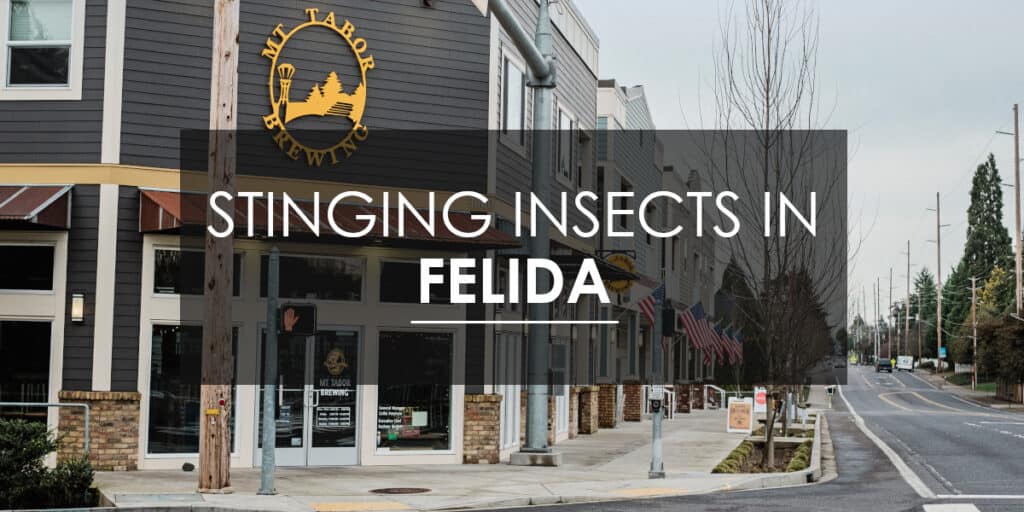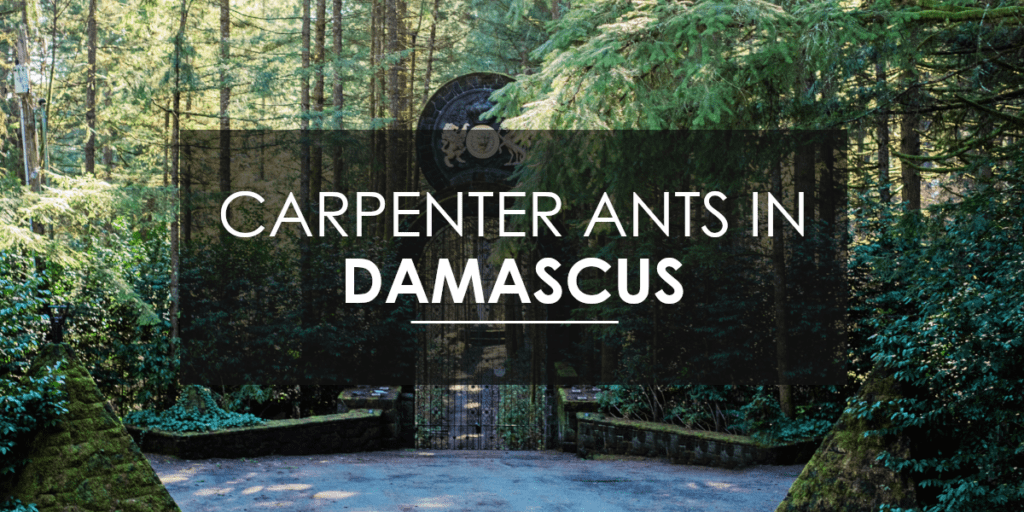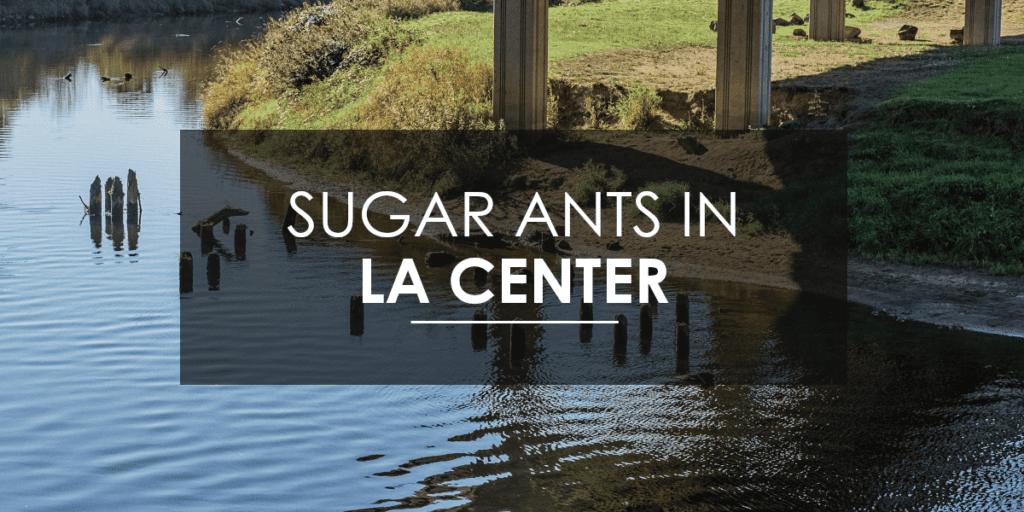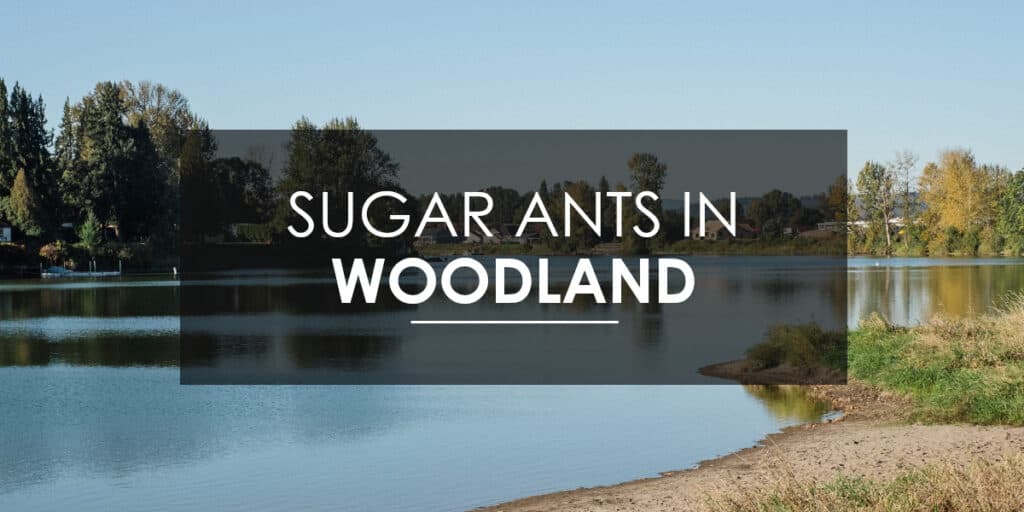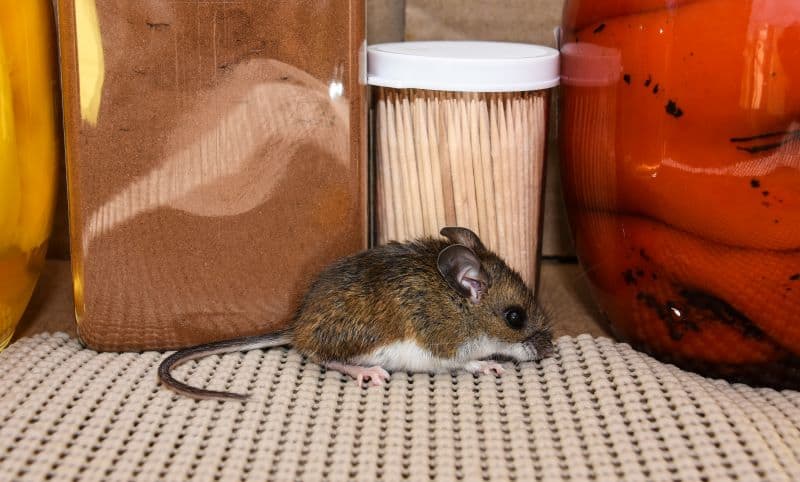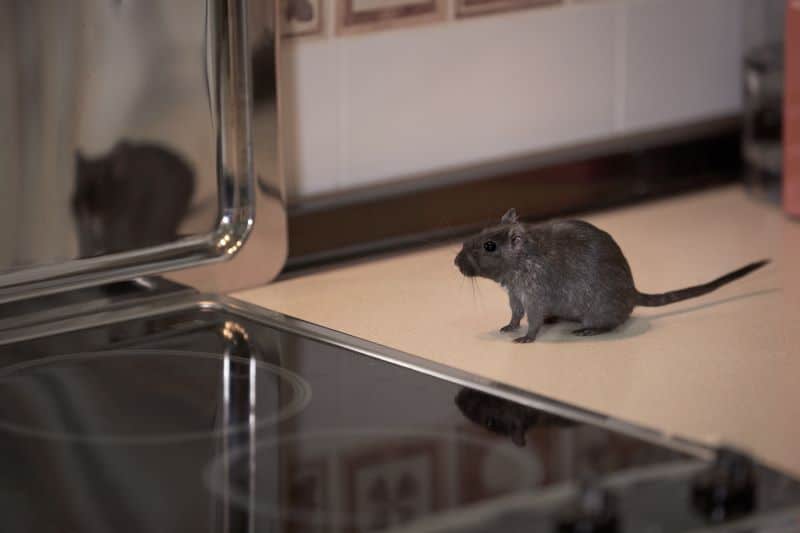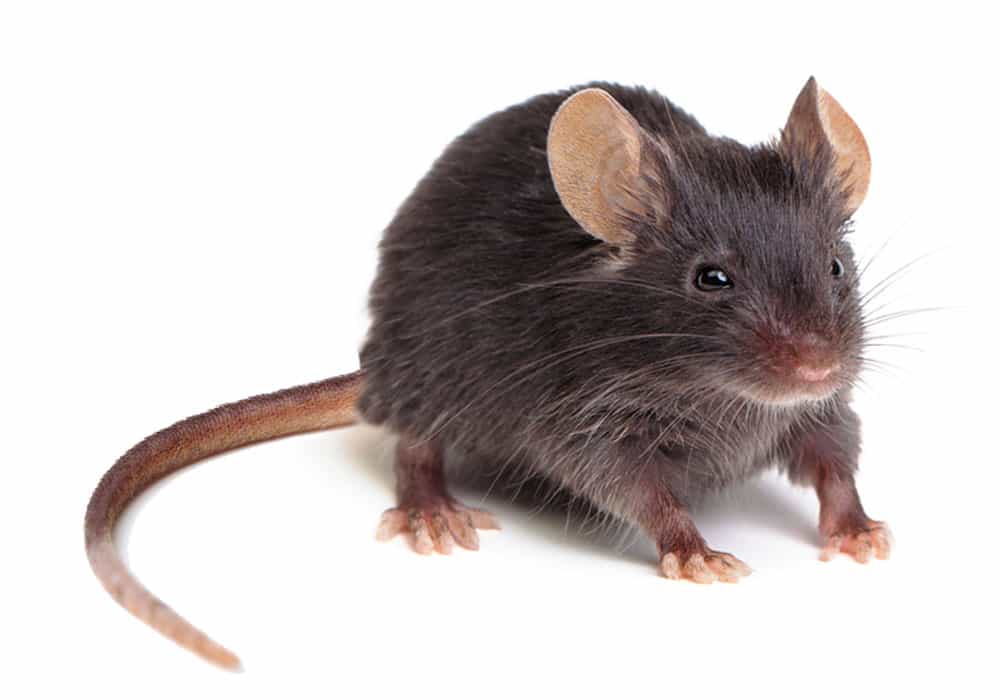Introduction: The Risks of Handling Wasp Nests Yourself in Washington
While it’s tempting to remove a wasp nest yourself, it’s important to understand the risks involved and how to safely handle the situation. Here’s a step-by-step guide to safely removing a nest, when to call professionals, and tips for minimizing the danger.
1. Why Timing Is Crucial in Washington
The best time to tackle a wasp nest is in the early morning or late evening, when the wasps are less active and all the individuals are likely to be inside the nest. During these times, the wasps are more likely to stay dormant, making it safer for you to act.
2. What Happens if You Ignore a Wasp Nest?
Many people wonder, “What happens if you ignore a wasp nest?” Ignoring a wasp nest can lead to several problems. Over time, the nest can grow in size, and with more wasps inside, the risk of aggressive behavior increases, especially if the nest is disturbed. Wasps are more likely to sting in defense of their nest, and if left unchecked, the infestation can become dangerous for you and those around you.
3. How to Remove a Nest
For small, accessible nests, use a wasp-specific spray to kill the insects. After spraying, wait a few hours to ensure all wasps are dead, and then carefully knock down the nest. For hard-to-reach areas, consider using a telescoping pole to safely remove the nest from high eaves.
4. Safety Measures to Take
Always wear protective clothing, such as long sleeves, gloves, and a face mask, when handling wasp nests. This will protect you from stings, especially if the nest is disturbed prematurely.
5. When to Call in Professionals Near You
For large nests, nests in dangerous or hard-to-reach locations, or when you’re dealing with aggressive species like yellow jackets, it’s always best to call a pest control professional. They have the experience and equipment needed to handle the situation safely.
What is the most effective wasp trap?
After safely removing a nest or arranging professional removal, many homeowners ask: “What is the most effective wasp trap?” While a trap alone will not substitute for proper nest removal, using a high-quality disposable or refillable trap placed a safe distance from your home can help reduce remaining worker activity and discourage new nests nearby.
Choose a trap designed for paper wasps or yellow jackets, hang it a good distance from patios or eaves, and replace it regularly. For full guidance on the best wasp trap options and placement, see our dedicated article What Is the Best Wasp Trap?
Paper Wasp Description
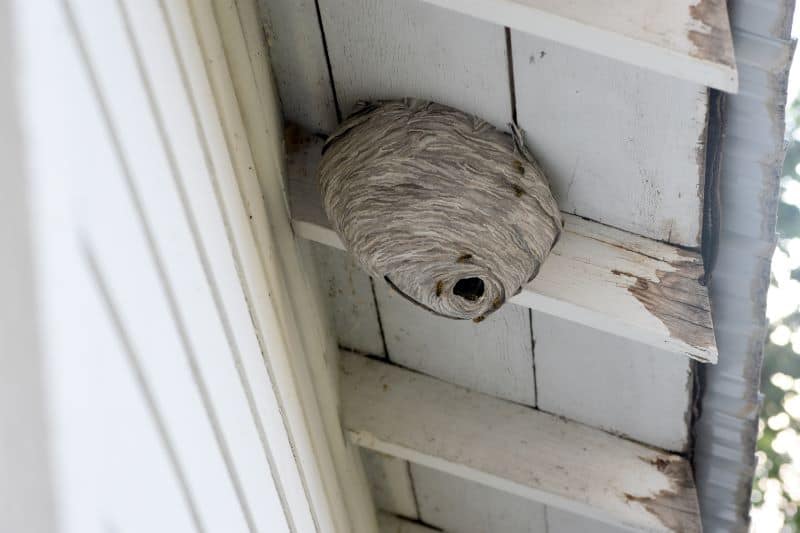
Size
On average, paper wasps in the Pacific Northwest measure one-half to one-and-a-half inches in length.
Color
Paper wasps are very dark brown to black in body color, with yellow markings on their heads and thorax (mid-section), and yellow rings on their abdomens. Their wings are brownish and slightly transparent in appearance. They are distinct from hornets or yellow jackets – you just need to know what you’re looking for.


